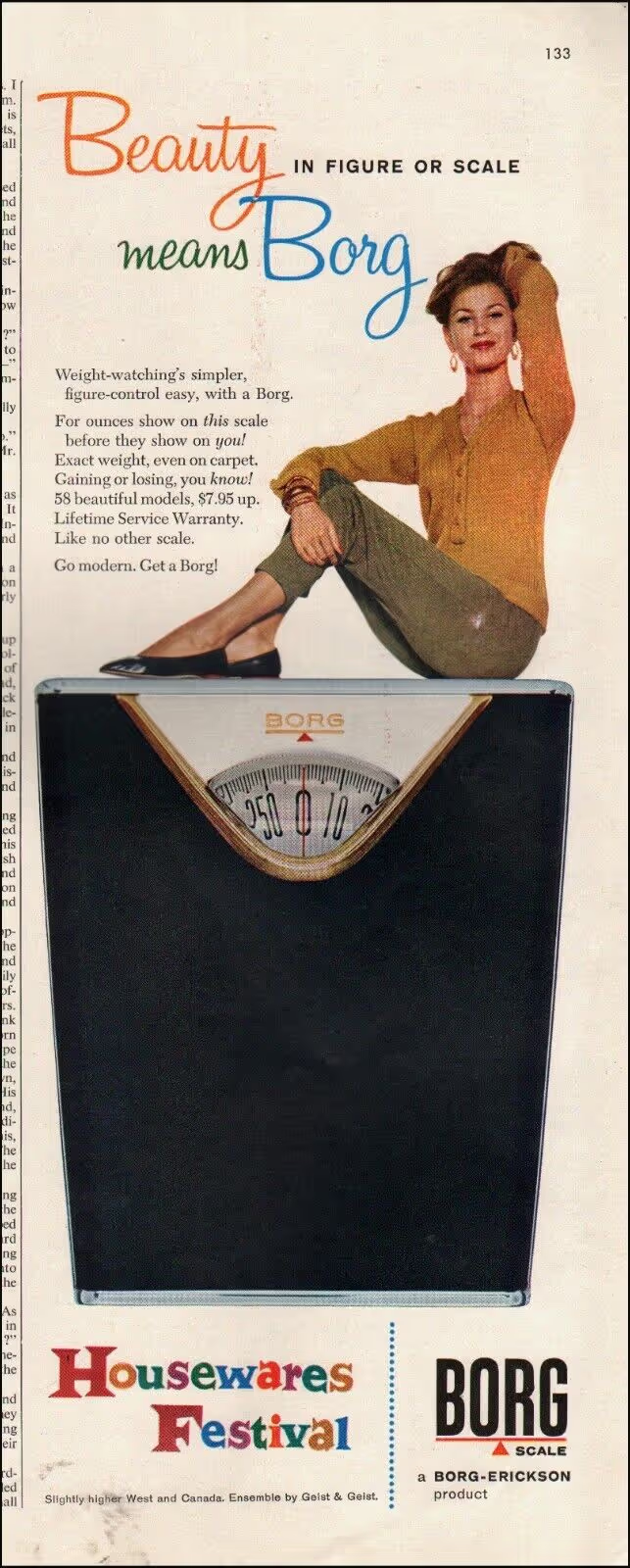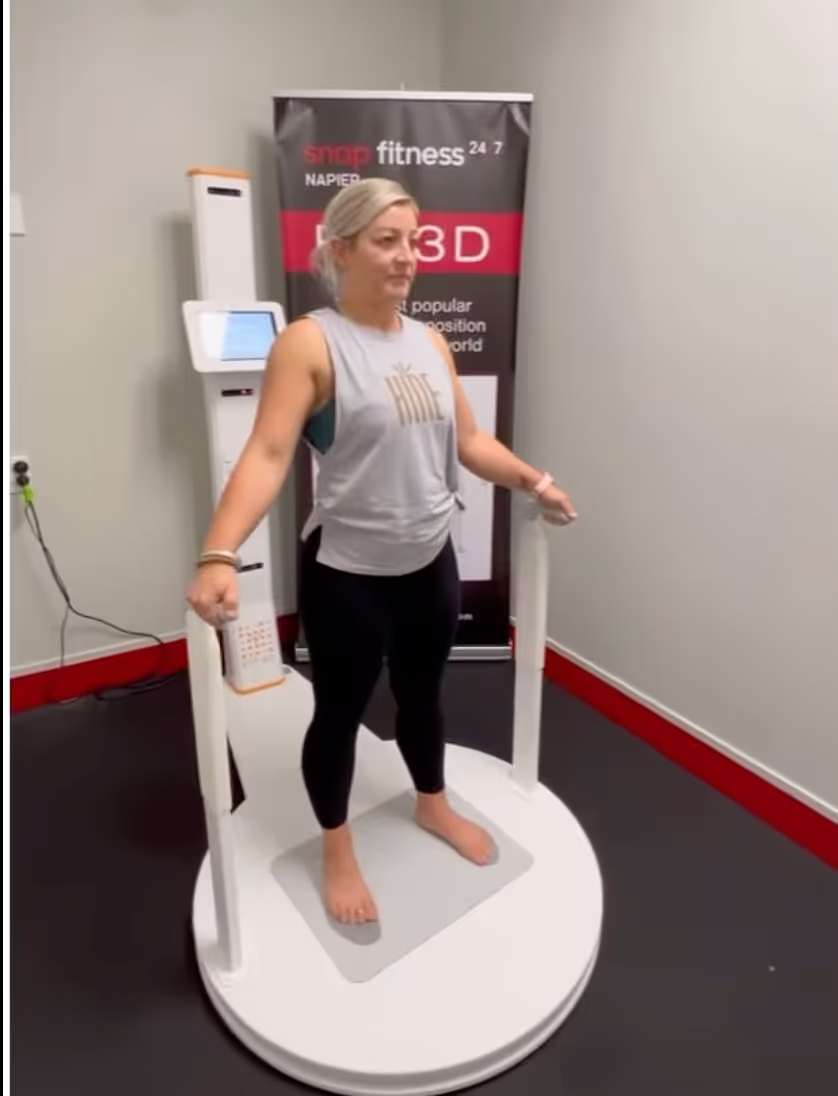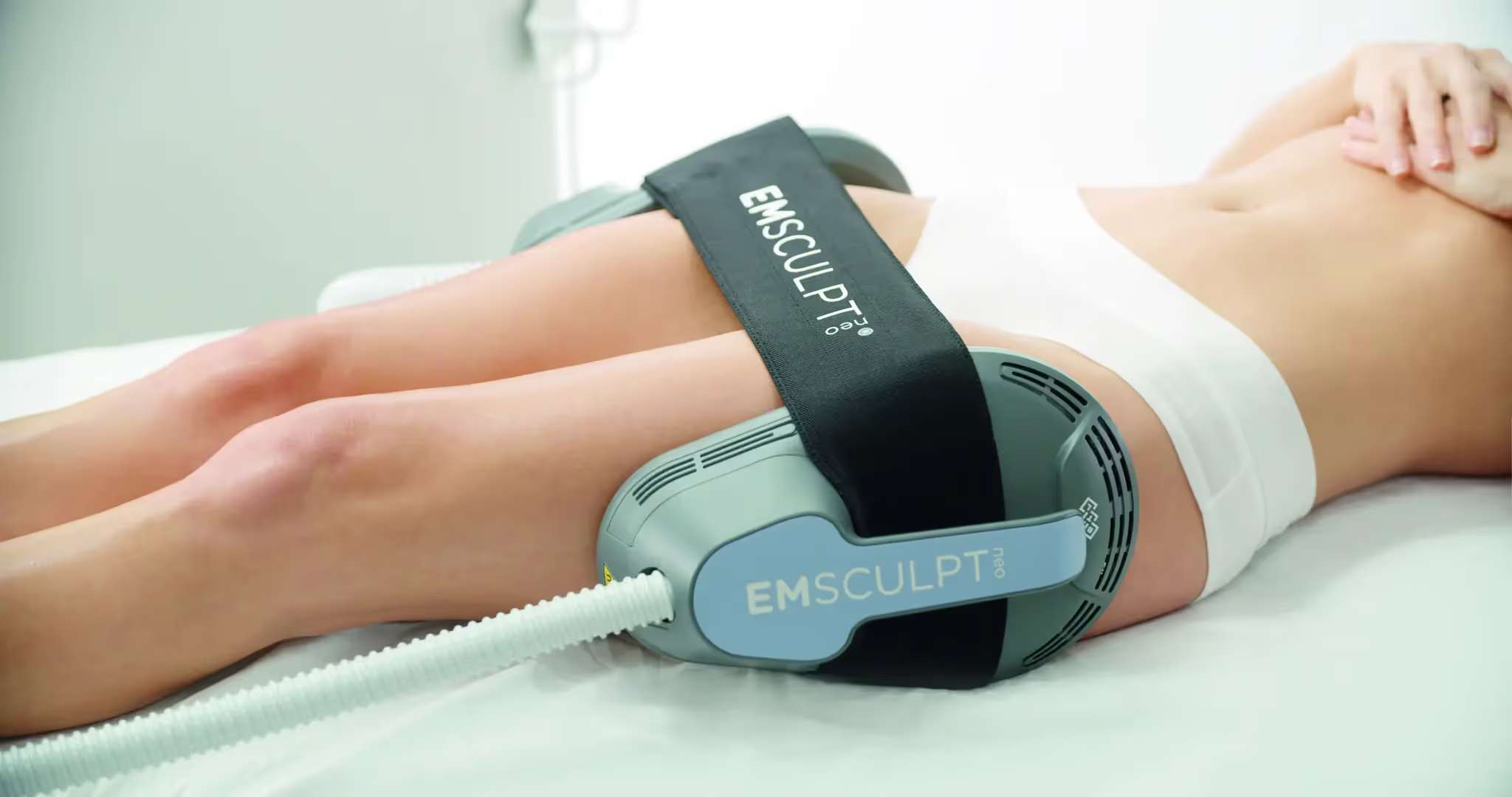
The History of the Bathroom Scale: From Springs to Misconceptions
The bathroom scale, a ubiquitous household device, has a fascinating history that intertwines with industrial advancements and cultural shifts. While most people use it to track weight as an easy measure of health, it's essential to recognize that this practice is rooted more in convenience than accuracy. True health is better gauged by body composition rather than mere weight.
The journey of the bathroom scale began with innovations in spring technology, which were initially propelled by the burgeoning automobile industry in the early 20th century. As car manufacturers refined mass production techniques, they also improved the precision of spring mechanisms, which became essential components in various measuring devices, including scales. While it is true that public health began to gain global recognition in the early 1920s overall, it was the private sectors who began to profit off the ubiquity of the home scale.
It wasn't long before manufacturers saw an opportunity to bring this technology into the home. The concept of a personal scale was marketed not for health monitoring but for beauty purposes. This marketing strategy was highly effective, embedding the idea that regular weight checks were essential for maintaining one's appearance*. This perception has endured, influencing how people use scales today.
However, focusing solely on weight can be misleading. The number on the scale does not account for muscle mass, fat distribution, or overall fitness. Body composition, which considers the proportion of fat and non-fat mass in the body, provides a much clearer picture of one's health. Despite this, the convenience of stepping on a scale and getting an immediate number keeps many from seeking more comprehensive health assessments.
In conclusion, the bathroom scale's history is a tale of industrial innovation repurposed by clever marketing. It serves as a reminder that while technology can make health monitoring more accessible, it doesn't always make it more accurate. To truly understand our health, we need to look beyond the scale and consider the full picture of our body composition. And, even Body Composition has changed dramatically in the last 40 years.
If you are reading this, there is likely a chance that you already are skeptical about the usefulness of a scale in general, but if you'd like to hear our take on why visualizing the human body with 3D scans is the future, check out our main homepage.









